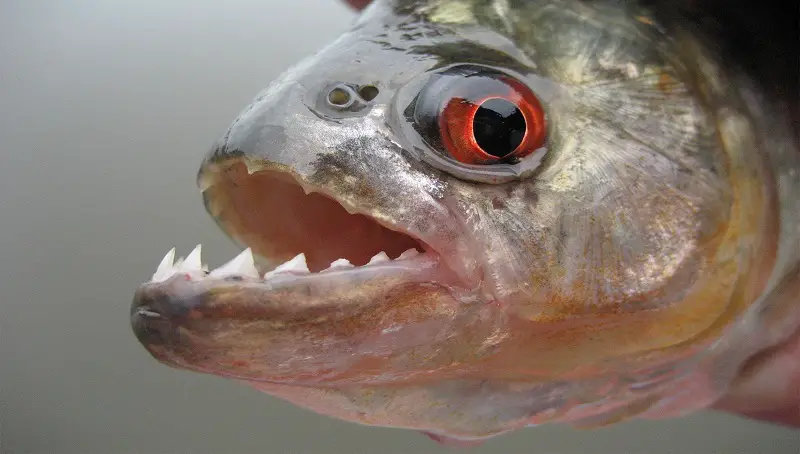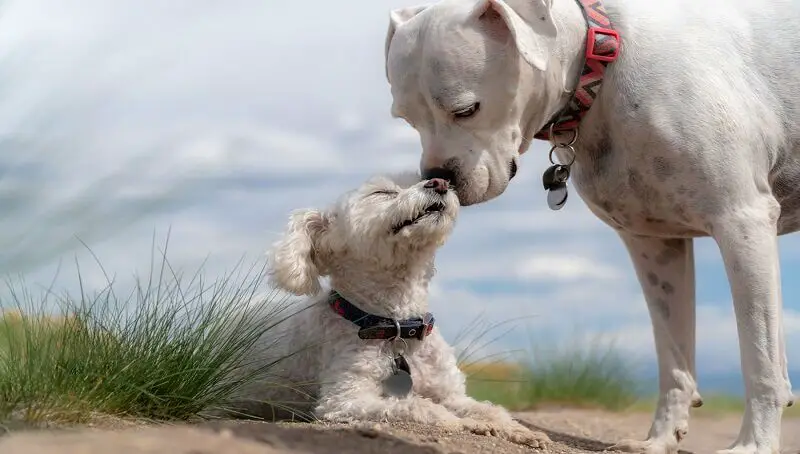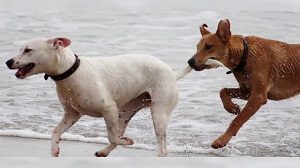
Interesting Facts About the Dingo
October 6, 2022
Interesting Facts on Piranha Fish
October 7, 2022
Dog breeding is a complex process that usually begins with courtship. Both males and females emit signals to make the other know that they are ready for mating and copulation accordingly.
Dogs reach puberty between 6 and 24 months, the age at which females will begin to have an estrous cycle.
There are four stages of estrus: proestrus, estrus, metestrus, and diestrus. A female dog in estrus, also known as “in heat”, can become pregnant during this period, from day 3 to day 21.
Male Dogs
While a male dog can reach sexual maturity at six or even four months, it is too young for it to be used for mating.
If a dog coincides and begins the reproductive process, when immature, it could deplete its system, hinder its physical development, and even lead to injury, worsening health, or to a short life span.
Depending on the dog’s health and fertility, a male dog can continue to be used for breeding for about 10 years.
Sexual & Body Maturities
A responsible dog breeder will wait for a dog to mature before allowing it to mate.
The appropriate ages of sexual maturity for dogs are:
- Large and giant dogs: 18-24 months;
- Medium breeds of dogs: 15 – 18 months;
- Small dogs and toy size: 12 to 18 months;
While a dog may reach sexual maturity in the first year and a half of its life, it is best to wait until it is at least two years old before mating.
You might also like my articles on:
This is especially true for females, which should not reproduce during the first year of heat.
Dogs are still immature, mentally and physically. A female who is too young will not take care of her cubs, which could lead to the neglect of puppies.
Female Dogs
Keep the female at a healthy weight. In this case, the female dog is more likely to get pregnant and carry a safe pregnancy to term if they maintain a healthy weight.
In other words, an underweight female dog can hardly do it. Talk to your veterinarian about her weight. He may suggest a diet and exercise routine that will help her maintain a healthy weight for her age and race. If she is overweight or underweight, help her maintain a healthy weight before trying to mate.
A female dog can usually be bred until the age of 5. It is not advisable to allow the breeding of female dogs after these periods have been reached.
Female Heat Cycle – Signs
Females have a regular reproductive cycle. Keeping track of this cycle every month can help you know when to allow your dogs to mate naturally.
The first day of the cycle begins with a bleeding leak. You may not notice this on the first day of the cycle, especially if the bleeding starts slowly. So, you might believe that it is the first day when in reality it is already the third. There may also be other factors, such as changes in behavior, that show she is in heat.
It may take several months before you recognize the first day of the cycle.
Avoid mating it during the first heat cycle. It is best to wait up to two years before you start. This will help you learn more about her cycle, determine the average length, and identify the signs she shows when entering the estrous cycle.
Females are most fertile on the 9th, 11th, and 13th days. It is important that dogs have the opportunity to mate in these days, as this will increase the likelihood of the female conceiving. Remember that it is possible to not know exactly when the cycle has begun. Therefore, put the two dogs together a few days before and after the days, when you feel the female is fertile.
Health Clearances
Indeed, if they are in better health, they will be more willing to mate. A balanced diet is essential for their health. Feed them adequate amounts of healthy foods to promote overall health.
The nutritional needs of your pets vary depending on their breed and age. Talk to your veterinarian about a proper diet for your dogs.
They also have to exercise to stay healthy. Exercise can help them maintain a healthy weight, which will promote overall fertility. Engage them in daily physical activity by taking them for a walk or playing with them at home. Larger and more energetic dogs need more physical activity than smaller breeds.
Males should have clean genitals to prevent fungal infections and other complications during mating. Also, check that the hair in the genital area is properly trimmed.
This will allow the male to better mount the female, and thus promote natural mating.
Take it to the vet first!
 Before mating, both the male and female should be thoroughly examined. They should have no genetic defects that could be transmitted to offspring, such as orthopedic conditions, eye diseases, heart problems, deafness, and impaired temperament, such as shyness or aggression. Vaccinate and treat them for internal and external parasites two to four weeks before mating to ensure that the offspring will be protected from disease and parasites.
Before mating, both the male and female should be thoroughly examined. They should have no genetic defects that could be transmitted to offspring, such as orthopedic conditions, eye diseases, heart problems, deafness, and impaired temperament, such as shyness or aggression. Vaccinate and treat them for internal and external parasites two to four weeks before mating to ensure that the offspring will be protected from disease and parasites.
The female should also be examined from a teething point of view to make sure she will not transmit bacterial infections when she bites the umbilical cord.
Dogs should also be tested for brucellosis, a sexually transmitted disease in dogs that can cause abortion or the birth of dead puppies. Other consequences of brucellosis are sterility, inflammatory disease of the testicles or prostate, and inflammation of the intervertebral discs. All dogs should be tested for brucellosis a month before mating to make sure that the offspring will be healthy.
Repeat, if necessary, the test for females just before them giving birth, depending on the frequency with which they are given for breeding. Males should be tested every 6 to 12 months, depending on the frequency with which they are given for breeding.
For many owners who want to see their dogs make a puppy, it is essential that they mate naturally. In general, dogs can mate at their own pace without artificial insemination or other fertility treatments.
Make sure you keep the two animals you want to breed healthy for the best results. Therefore, animals that are in perfect health are more likely to be successful at breeding.
